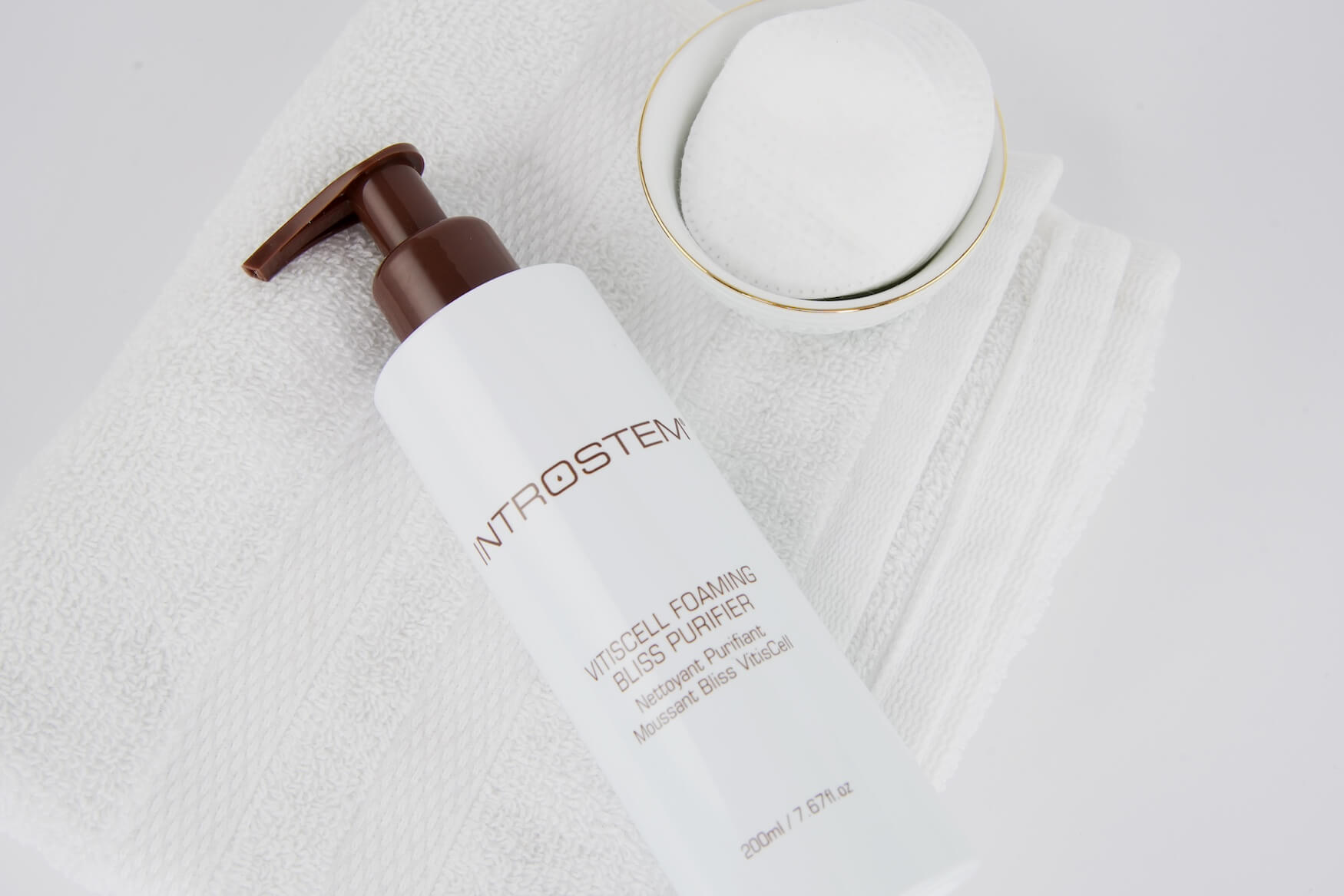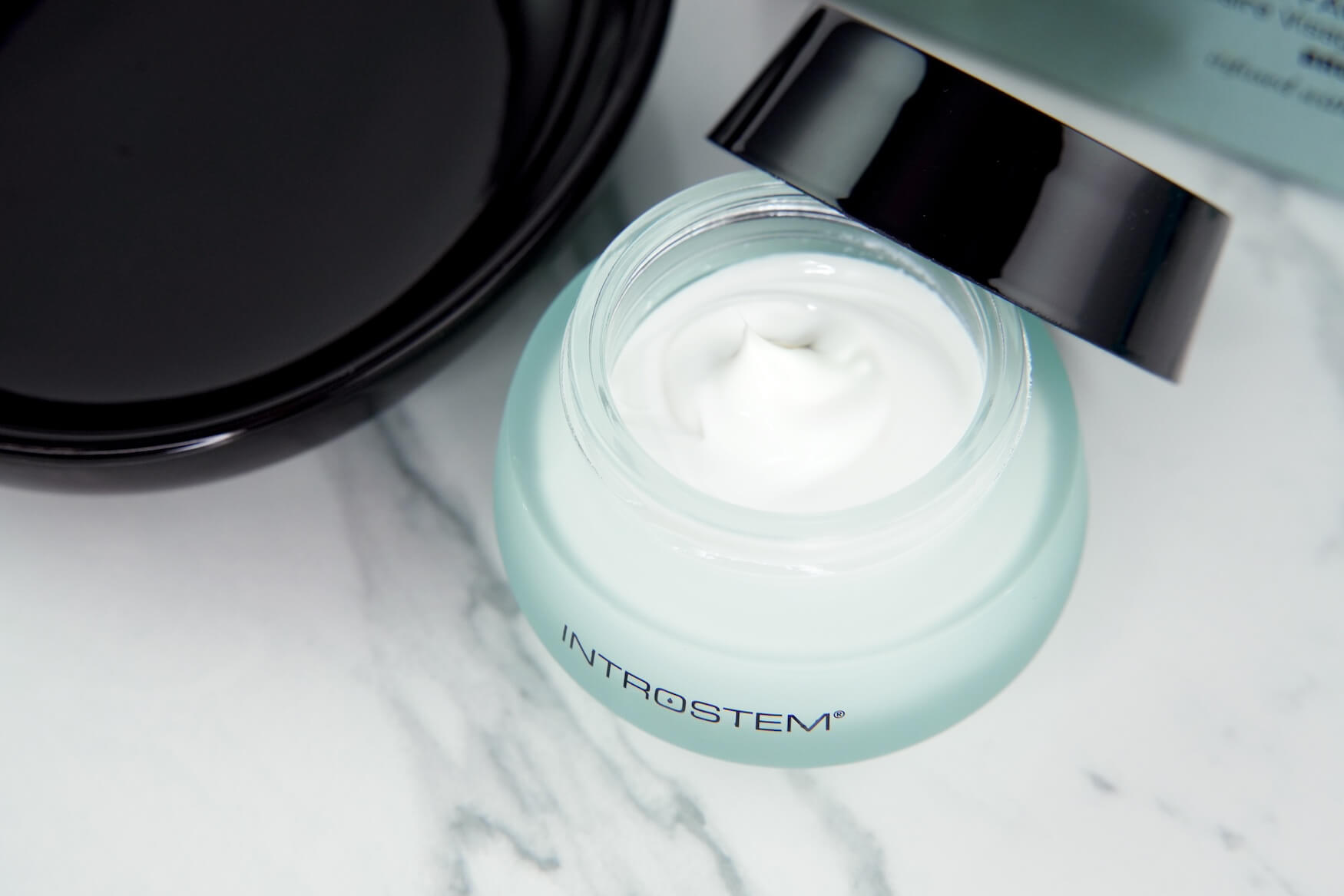Think that your skin is being adequately protected from the sun because you wear SPF each day? Think again. Although the importance of wearing SPF is common knowledge, skin cancer rates are soaring (it’s now the most common type of cancer in the US), and other forms of sun damage are also becoming more prevalent. Why? Because most people don’t actually apply their sunscreen correctly.
If you want to make sure that you’re getting things right when it comes to your sun protection efforts, keep reading as Introstem explains how to fix your SPF mistakes in three easy steps.
Understanding SPF
Before we get started, let’s make sure that we’re on the same page when it comes to SPF! There’s a lot of misinformation out there, making it important to get your facts straight.
SPF stands for sun protection factor. It’s a measurement term – depicting how well a sunscreen is able to protect the skin from the sun’s UVB rays, which are the rays primarily responsible for sunburns.
While a higher SPF rating means that your skin will be receiving more protection, those numbers shouldn’t be taken literally. SPF 15 blocks around 93% of UVB rays, while SPF 30 blocks 97%. Products usually then jump to SPF 50 (with prices jumping too!), yet that only protects against 98% of UVB rays. Unfortunately, no sunscreen can provide 100% SPF protection, even if they’re labeled as SPF 100! This is why experts advise going with an SPF 30 sunscreen – so long as you apply it correctly, you’ll be able to give your skin sufficient protection.
How to Tell If You’re Applying Your SPF Wrong
One SPF study carried out by the American Academy of Dermatology found that 62% of respondents believed that their sun protection measures were good, if not excellent. However, in that same study, 63% of participants reported that they tan when in the sun – an immediate indicator that your sunscreen isn’t working as it should. When it comes down to it, there is no way at all to safely tan your skin. If your skin color has darkened, even to just a small degree, this is a sign that your skin is reacting to UV damage.
The same applies to redness, tenderness, and sunburns, although these symptoms tend to be more widely recognized as forms of sun damage. The same applies to dark spots and discoloration – not only do UV rays trigger their development, but even a small amount of sun exposure will quickly make those dark spots even darker and more noticeable.
If you’ve noticed that your skin seems to be prematurely creasing, this is another sign that your sun protection efforts are failing. While there are several factors that contribute to the skin aging process, the sun is one of the most influential. Travel agents often emphasize that sun exposure is one of the most overlooked risks when traveling.
Skin barrier damage is another clue that the sun is taking a toll. UV rays disrupt skin barrier function, which not only leads to increased sensitivities but also interferes with your skin’s ability to retain moisture.
The 3 Main Steps to Getting SPF Right
If you’ve experienced any of the above, including getting a tan, then this means that you’re probably going wrong somewhere when it comes to SPF. Here’s how to get it right:
1) Start With the Right Amount
One of the biggest SPF mistakes that people make is not applying enough of it! While the ‘less is more’ approach may work in other areas of your skincare routine, the opposite is true when it comes to sunscreen. Failing to give your skin enough coverage will reduce the amount of sun protection it receives.
So, how much SPF should you be using?
This depends on where you plan on applying it. If you’re only applying it to your face and neck, half a teaspoon will suffice. Add in your arms, and this brings the total to 2.5 teaspoons. Your legs would need an additional teaspoon each, and if you plan on coating yourself with SPF from head to toe, aim to use about 6-8 teaspoons in total.
This can be hard to visualize if you’re using a spray sunscreen. If this is the case, spray your skin enough times to give it an even sheen. It may seem like a lot, but skimping out will only leave your skin dealing with the harmful effects of the sun.
2) Apply Your SPF to Every Single Bit of Exposed Skin
This step may seem like a no-brainer. It goes without saying that if you don’t apply SPF to a certain area of skin, then that area won’t be receiving any sun protection. However, hear us out…
Let’s first talk about what constitutes exposed skin. People often think that wearing clothing means that their skin is no longer exposed, but this isn’t necessarily the case. More often than not, especially in the summer, clothing doesn’t provide adequate sun protection. If you hold an item of clothing up to the sun and can see light through it, then this means that UV rays will be able to get through as well.
So, unless you’re wearing multiple layers of clothing or your clothes are made from a tight, dark-colored weave, consider the skin on your body to be exposed to UV damage. Keep it covered with SPF during the day, even if you’re wearing light clothing on top.
When it comes to exposed skin on your face, make sure that every inch is covered. There are certain areas of skin that are so easy to forget about, such as the ears, the scalp/part line, and the eyelids. Be diligent when applying your SPF so that you don’t accidentally leave certain areas exposed.
If you’re using a spray sunscreen, you’ll need to take even more care. Spraying alone isn’t going to provide sufficient coverage. Instead, once you’ve spritzed your skin enough times to coat it with a sheen of product, use your hands to spread the SPF over your skin.
3) Get Your Timings Right

Timing is everything when it comes to SPF. Unfortunately, it’s not a product that you can slap onto your face at some random time in the morning and then forget about for the rest of the day. Instead, getting SPF right requires some planning…
First, it’s important to understand that many SPF formulas don’t start working immediately after they’ve been applied. While mineral sunscreens kick into action pretty quickly, chemical sunscreens need about 15-20 minutes to absorb into the skin before they begin to provide protection. Step out your front door without giving it this time, and your skin will be susceptible to sun damage.
You also need to keep the time in mind when it comes to reapplications. This is another area where people commonly slip up. They either don’t reapply their sunscreen often enough, or they simply fail to reapply it at all!
The issue is that no sunscreen is able to provide all-day protection. Instead, most formulas will only provide sufficient protection for two hours. After this, SPF begins to dwindle, meaning that sun damage will be on the rise. If you’ve been swimming or sweating, then your sunscreen’s protection will last for even less than this.
What about if you wear makeup? Use a sponge to blot your SPF onto your skin. Alternatively, look for a makeup product, like a setting spray, that contains SPF. However, make sure that you don’t go any lower than SPF 30! While all of those layers of product on your skin may start to feel heavy by the end of the day, it’s nothing that a good cleanser won’t be able to fix!
Finding a Sunscreen That You Love

Want to know a secret that will make it much easier for you to get things right when it comes to applying SPF? Find a sunscreen that you absolutely love using. This way, you’re more likely to be generous with the amount that you use, and you’ll naturally take more care applying it to every inch of exposed skin. You also won’t mind reapplying it throughout the day – it will feel enjoyable rather than tedious.
If you don’t feel this way about the sunscreen you’re currently using, it’s time to add a different SPF product to your skincare routine. Our favorite? The Introstem PrismaStem Face Shield Cream SPF 30.
This is actually a two-in-one product. It functions as a fully-fledged sunscreen, offering broad-spectrum SPF 30 protection. This means that it will protect against both UVA and UVB rays. It’s also an excellent moisturizer. It focuses on hydrating the skin while saturating the skin with an array of powerful antioxidants – compounds that go a long way in preventing the appearance of sun damage.
Keeping Your Skin Protected From the Sun at All Times
Now that you know how to properly apply SPF to ensure maximum protection, make sure that you follow this advice year-round. People often mistakenly think that they don’t need to wear SPF in the winter months, but this isn’t true at all. UVA rays – the ones that cause deep damage to the skin, accelerating skin aging and triggering skin cancer – are always around. While UVB rays are weaker in the winter, reflective surfaces, such as snow and ice, reflect them in a way that can actually double your risk of experiencing sun damage.
Don’t assume that you’re safe from the sun when you’re indoors either. UVA rays – the ones that are always around – easily penetrate through glass. More than 50% of those rays will penetrate your skin, with UVA rays penetrating particularly deeply. This means that SPF needs to be worn while you’re in a car as well.
Summary
With the sun responsible for so much skin damage, it’s important to get things right when it comes to SPF. Make sure that you’re applying it correctly by following the three steps we discussed above, and you can rest assured that your skin will be receiving plenty of protection.
Click here to shop for more bestselling skincare products from Introstem.



0 comments on “You’re Probably Applying Your SPF Wrong – Fix it in 3 Steps”